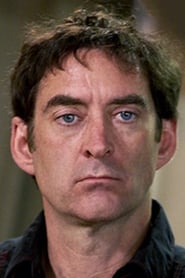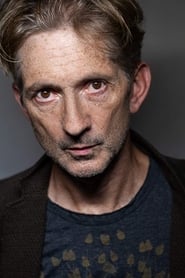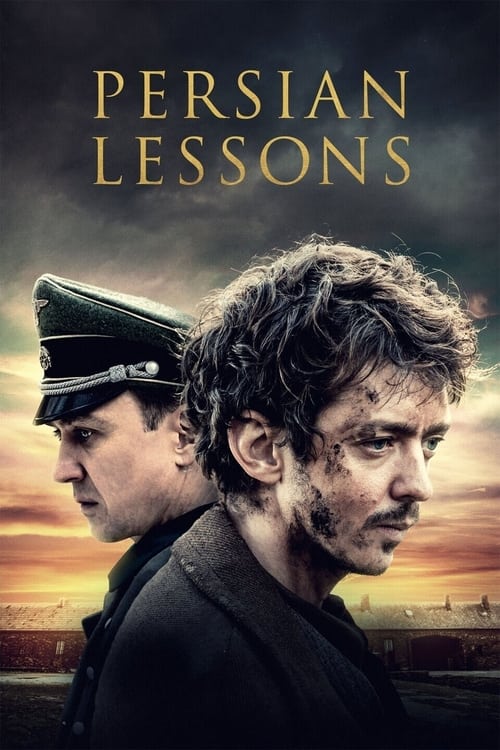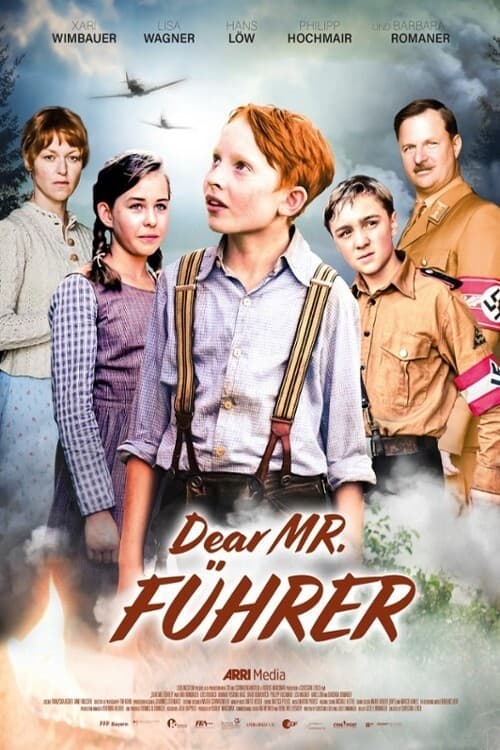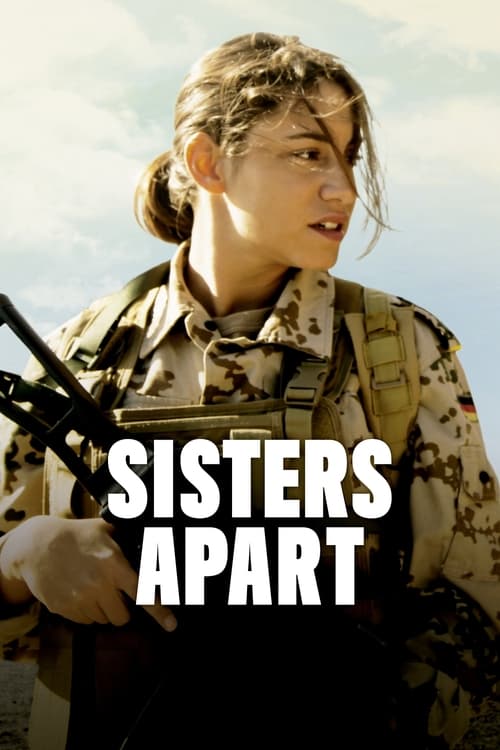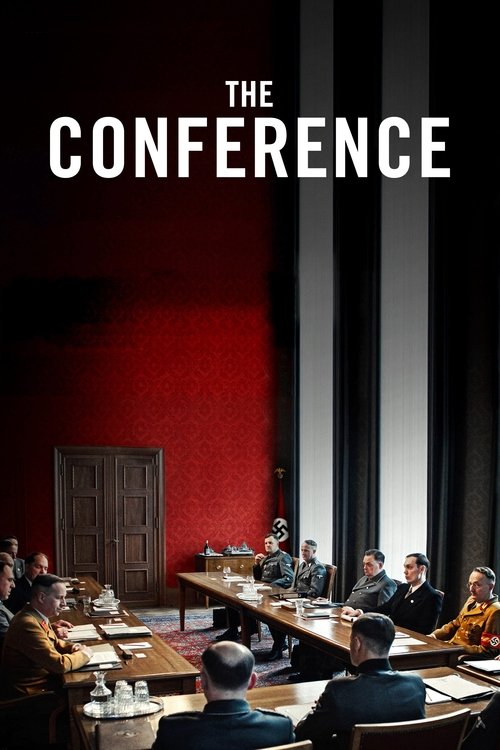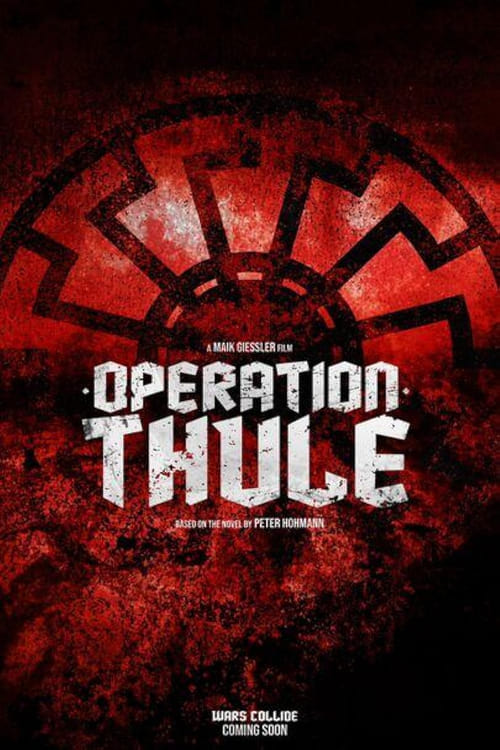
Ask Your Own Question
What is the plot?
What is the ending?
In the ending of "All Quiet on the Western Front" (2022), Paul Baumer, the protagonist, faces the grim reality of war as he experiences the loss of his friends and the futility of battle. The film concludes with a poignant scene where Paul dies in combat, symbolizing the tragic cost of war.
As the final act unfolds, the atmosphere is heavy with tension and despair. The scene opens with Paul and his fellow soldiers preparing for an imminent attack. The air is thick with anticipation, and the sounds of distant artillery echo ominously. Paul, now hardened by the brutal experiences of war, reflects on the loss of his friends and the senselessness of their sacrifices. His internal struggle is palpable; he grapples with the ideals of heroism that initially motivated him to enlist, now overshadowed by the grim reality of trench warfare.
The soldiers are ordered to advance, and they move through the muddy, desolate landscape, their faces marked by exhaustion and fear. The camera captures the chaos of battle as they encounter enemy fire. Paul's heart races as he witnesses the horrors around him--friends falling, the cacophony of gunfire, and the cries of the wounded. Each moment is a visceral reminder of the fragility of life.
In a particularly harrowing scene, Paul finds himself in a trench, face-to-face with an enemy soldier. In a moment of desperation, he stabs the soldier, and the camera lingers on the raw emotion of the act--Paul's face contorts with a mix of fear, regret, and the instinct for survival. This moment encapsulates the loss of his innocence, as he realizes that he has become what he once despised.
As the battle rages on, the narrative shifts to the aftermath of the attack. Paul and his comrades are left to deal with the physical and emotional toll of their experiences. The camaraderie that once united them begins to fray as they confront the reality of their situation. The film poignantly depicts the stark contrast between the romanticized notions of war and the brutal truth faced by the soldiers.
In the final moments, Paul is caught in a barrage of gunfire. The camera follows him as he stumbles through the mud, desperately trying to find safety. His breathing becomes labored, and the world around him blurs. In a heartbreaking climax, Paul collapses in a field, his body lifeless, symbolizing the ultimate sacrifice made by countless young men in the war. The screen fades to black, leaving the audience with the haunting image of a soldier who has lost everything.
The fate of the main characters is sealed in this tragic conclusion. Paul Baumer, once filled with youthful idealism, succumbs to the horrors of war. His friends, who shared in the camaraderie and dreams of glory, are either dead or irrevocably changed by their experiences. The film closes with a powerful reminder of the futility of war, leaving viewers to reflect on the profound loss and the cost of conflict.
Is there a post-credit scene?
The 2022 adaptation of "All Quiet on the Western Front" does not include a post-credit scene. The film concludes with a powerful and somber ending that encapsulates the futility and horror of war, leaving the audience with a lasting emotional impact. The final moments focus on the protagonist, Paul Bäumer, and the stark realities of his experiences on the battlefield, emphasizing the themes of loss and the senselessness of conflict. The absence of a post-credit scene reinforces the film's serious tone and the weight of its message.
What motivates Paul Baumer to enlist in the army?
Paul Baumer, a young German student, is motivated to enlist in the army by a sense of patriotism and the influence of his schoolteacher, who glorifies the idea of serving the Fatherland. He is swept up in the fervor of his peers, believing that joining the military will bring honor and adventure.
How does Paul Baumer's perspective on war change throughout the film?
Initially, Paul views war as a noble and heroic endeavor, but as he experiences the brutal realities of combat, his perspective shifts dramatically. The horrors of trench warfare, the loss of friends, and the constant threat of death lead him to a profound disillusionment with the ideals he once held.
What is the significance of the character Katczinsky (Kat) in Paul's life?
Katczinsky, known as Kat, serves as a mentor and father figure to Paul and his friends. His resourcefulness and ability to find food and supplies in dire situations provide a sense of hope and camaraderie. Kat's eventual death deeply impacts Paul, symbolizing the loss of innocence and the harsh realities of war.
How does the film depict the relationship between soldiers and their superiors?
The film portrays a stark contrast between the soldiers and their superiors, highlighting the disconnect between the front-line experience and the decisions made by those in command. The soldiers often feel abandoned and betrayed by their leaders, who are far removed from the brutal realities of the battlefield.
What role does the theme of friendship play in the story, particularly among Paul and his comrades?
Friendship is a central theme in the film, as the bond between Paul and his comrades provides emotional support amidst the chaos of war. Their shared experiences, laughter, and moments of vulnerability create a sense of brotherhood that is both a source of strength and a poignant reminder of the fragility of life, especially as they face the loss of each other.
Is this family friendly?
The 2022 adaptation of "All Quiet on the Western Front" is not considered family-friendly due to its intense and graphic portrayal of war. Here are some potentially objectionable or upsetting aspects that may affect children or sensitive viewers:
-
Graphic Violence: The film contains numerous scenes of brutal combat, including soldiers being shot, injured, and killed in graphic detail. The depiction of injuries is realistic and can be quite disturbing.
-
Death and Suffering: There are several poignant moments that showcase the suffering of soldiers, including scenes of dying comrades and the emotional toll of war on individuals.
-
War Trauma: The psychological impact of war is explored, with characters experiencing fear, despair, and trauma, which may be unsettling for younger audiences.
-
Harsh Realities of War: The film does not shy away from the grim realities of life in the trenches, including the harsh living conditions, the loss of innocence, and the futility of war.
-
Emotional Distress: The narrative delves into themes of loss, betrayal, and the disillusionment of youth, which can evoke strong emotional responses.
Overall, the film's intense themes and graphic content make it more suitable for mature audiences.























